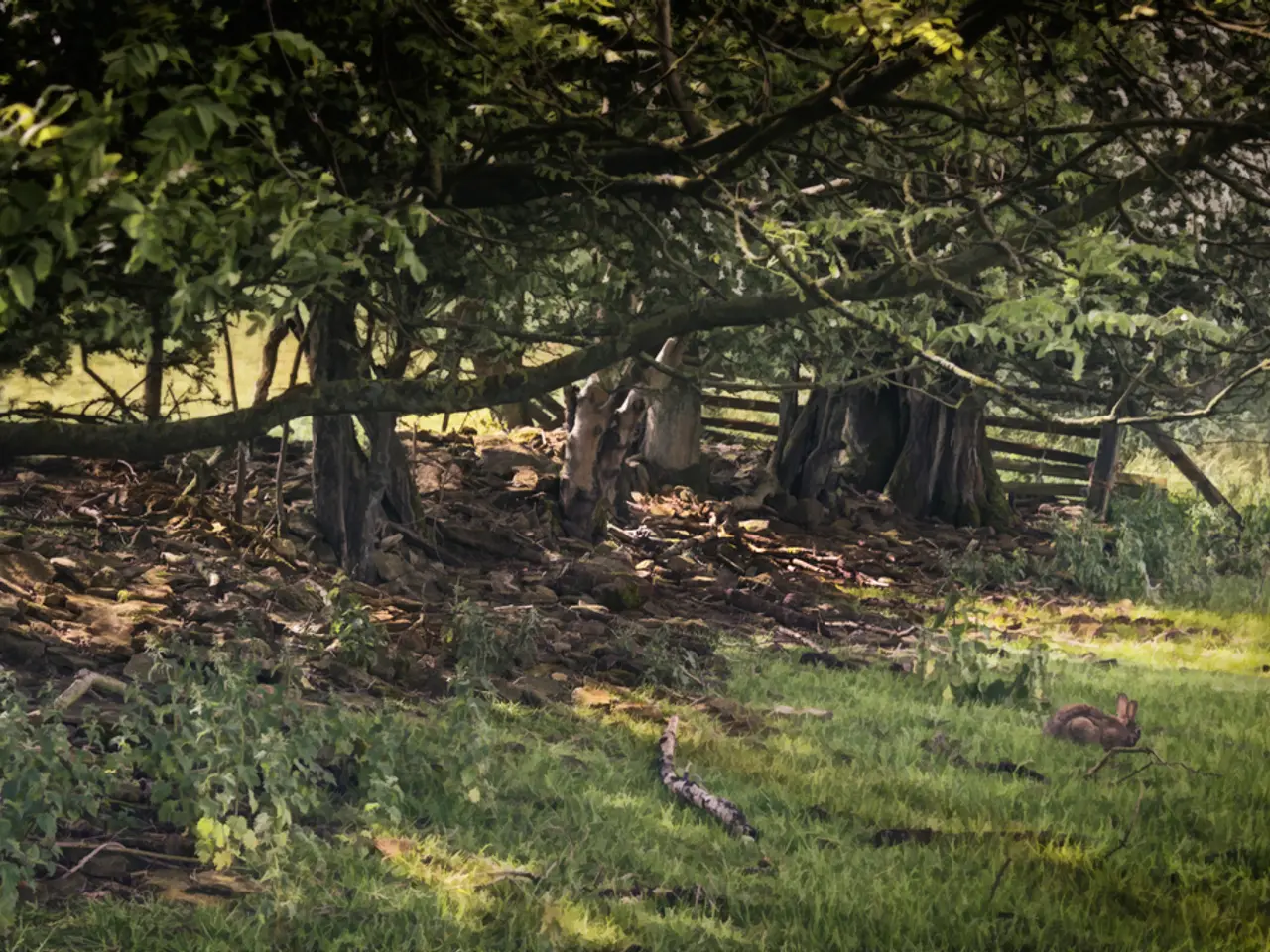Planting Crepe Myrtles in Texas: Ideal Time Frames and Suggestions for Success
In the heart of Texas, where the sun shines bright and the summers are hot, cultivating crepe myrtles can be a rewarding endeavour. These vibrant, long-lasting bloomers add a splash of colour to any landscape, and with the right care, they can flourish year-round.
Optimal Planting Times and Locations
The best time to plant crepe myrtles in Texas is either in the fall, after the leaves have dropped, or in early spring, before the buds break. This timing allows the tree to establish roots in favourable conditions before the intense Texas heat arrives. Choose a site with full sun exposure (at least 6 hours daily) to ensure healthy growth and abundant blooms. Crepe myrtles tolerate both alkaline and acidic soils but prefer moist, well-drained soil conditions.
Planting Technique
Dig a hole as deep as the root ball and twice as wide. After placing the tree, pack the soil firmly around the roots to eliminate air pockets. Stake the tree only if it cannot support itself. After planting, water regularly to encourage root development.
Watering and Mulching
During dry spells, water thoroughly to reduce stress. Apply 2-4 inches of mulch around the drip line to conserve moisture, suppress weeds, and improve soil quality. Avoid piling mulch directly around the trunk to prevent rotting.
Fertilization
Moderately fertilize with a slow-release fertilizer at planting time to promote healthy growth. In the growing season, a balanced 10-10-10 fertilizer should be used every 2-3 weeks.
Pruning
Pruning is essential for crepe myrtles, and should be done in late winter or early spring. Target dead or overcrowded branches, avoiding severe chopping back. Proper pruning encourages better blooming and reduces disease risk.
Common Challenges and Solutions
- Drought Stress: Mitigate by watering during dry periods and mulching.
- Improper Pruning: Over-pruning reduces blooms and weakens the tree; instead, trim lightly and correctly following seasonal guidelines.
- Site Selection Mistakes: Planting in shade or poorly drained soil can lead to poor growth. Ensure full sun and proper soil drainage.
Preventing Diseases
Crepe myrtles are susceptible to diseases like powdery mildew and sooty mold. Prevent these by ensuring good air circulation and not overcrowding the plants. Regular inspections for pests like aphids and treating with insecticidal soap or horticultural oil is necessary.
Larry Meyers, an experienced gardener with over 10 years of lawn and landscaping experience, aims to share his knowledge about gardening and create a one-stop shop for all gardening information and needs. By following these practices, you can help your crepe myrtles thrive in Texas's challenging climate, providing you with beautiful, long-lasting blooms.
Transform your home-and-garden with fabulous crepe myrtles, ideal for Texas's climate. Follow Larry Meyers' expert advice on planting, watering, fertilizing, and pruning to cultivate a vibrant home-and-garden lifestyle featuring these colorful, long-lasting bloomers, even in the face of Texas's challenging environment.




